Simon Stålenhag - Part 1: A World Before, That Never Was
- havenmilne20
- Oct 18, 2021
- 2 min read
Updated: Mar 7, 2022

Have you ever wondered, what is would be like to watch time stand still before you? An oil tanker, drift past you in the night air as you confront the one you love? Have adventures in local woods with your friends, as wild robots watch you from a distance unnoticed? Or even glance up from your daily washing, to see your town's resident dinosaur walk over the distant hill?
Well now you won't have to, as the artwork from the highly acclaimed Swedish artist, captures your imagination, dreams and wonder, and places you into a world so rich and beloved, that you would truly believe that looking at his work or books, you'd feel as if you were simply turning the pages in a photo album.
The Man Himself
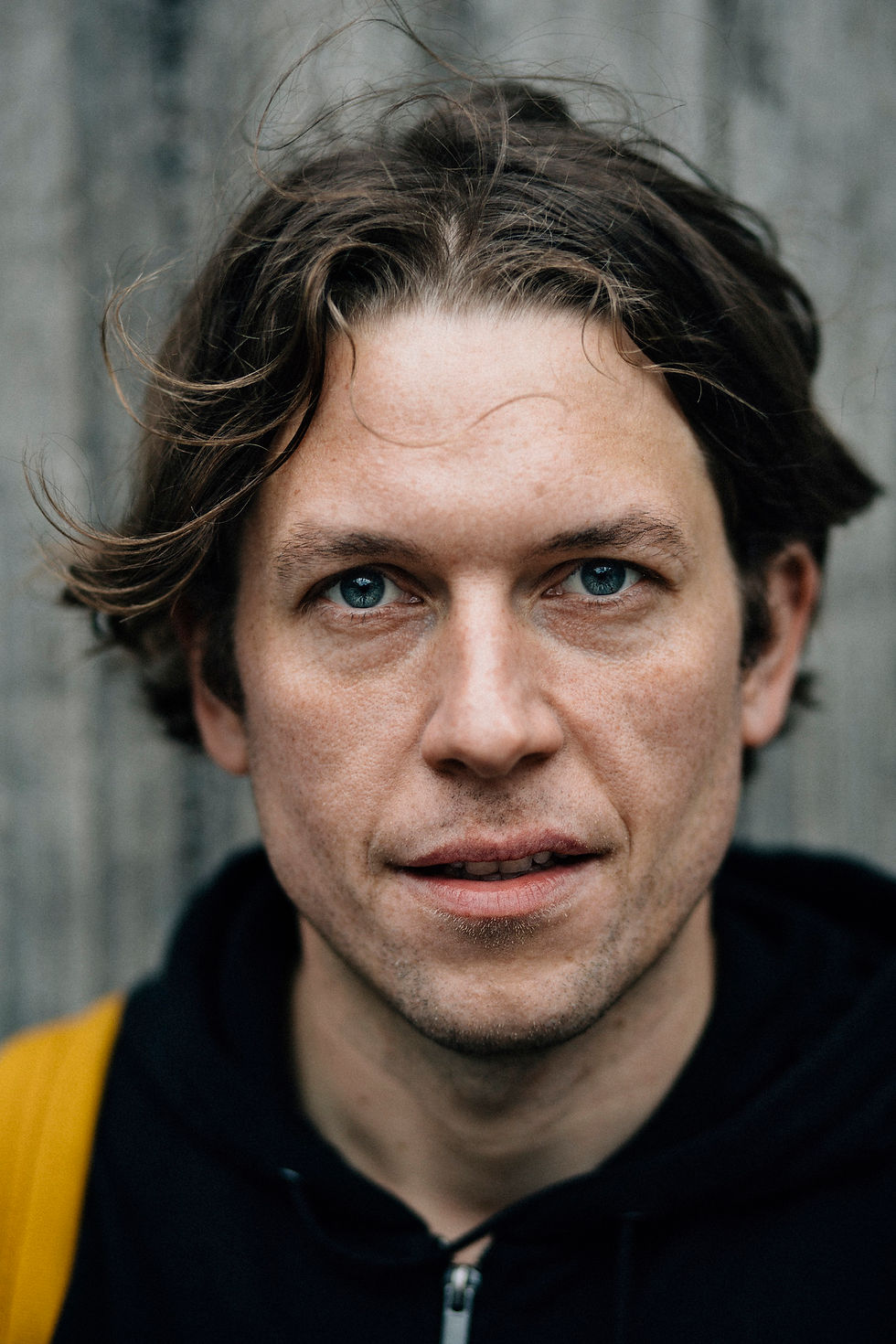
Simon Stålenhag was born on 20 January 1984, in a rural area near Stockholm, Sweden's capital city. From the beginning of his early life, Simon spent his time sketching the landscapes and architecture that surrounded his home.
This style of art work , was never a major project for him, more of a side-project, that had originally sparked with inspiration from conceptual artists such as Ralph McQuarrie and Syd Mead. Before finding his love with this subject and themes, he had experimented with it, until finding it to be a worth while venture (and his full time job) in the late 2000s.
The World
Over the years of his working, creating piece after piece Simon began to construct a world for his art, deeply nurturing its origins, its growth and the stories which it holds.
His work, from first glance, has not one set time of setting. Instead, to go along with his world, Simon created an alternate reality of our own world, that after the end of WW2, research into science and new technologies was pushed more than ever, until the process halted and expanded, upon the finding of a new element:
Along with the use of this newly found material, the world slowly began to change, some areas rises into the skies with towering buildings coated in holograms, whilst in the countryside, older and inefficient models of robots sit idly in forests and fields, rusting away. These simple facts of fiction help to strengthen Stålenhag's world, drawing us further and further into its history and culture.
Now when Stålenhag announced that a book containing his artwork (printing and distribution costs being crowd funded on Kickstarter), fans began to expect and theorise that the book was going to be a graphic novel set within the world he had created already, through the series of texts and paragraphs he would post along with his artwork.
Except, when the reveal came along and the book was released to prying eyes, it was not a graphic novel, or even a comic book, that sat before them on the pre-order screen. What waited there on the screen was something more. The result from the Kickstarter and over two years of creation, was a book that felt like a mix between and scrapbook and a photo album.
Continue in Part 2: The Books That Bind Us . . .
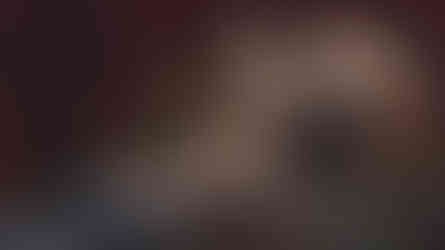

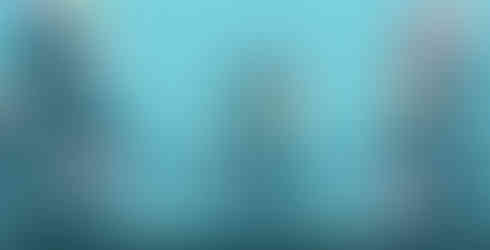



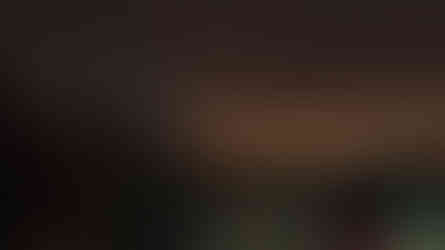

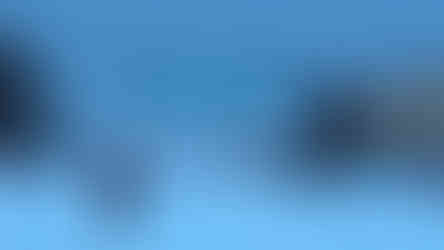

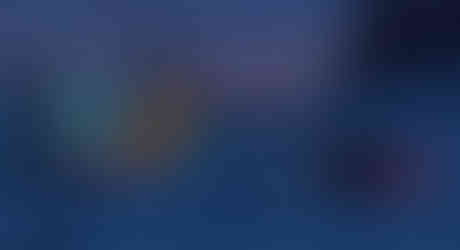

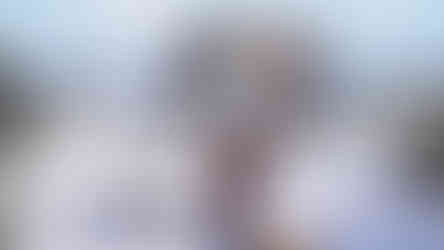





Comments